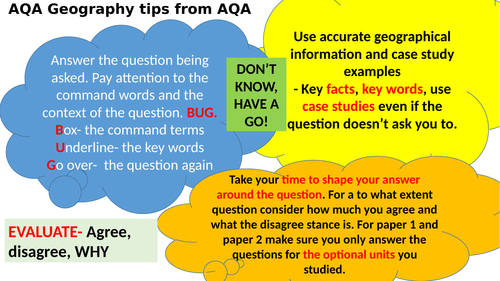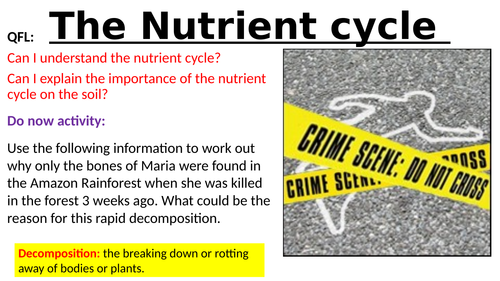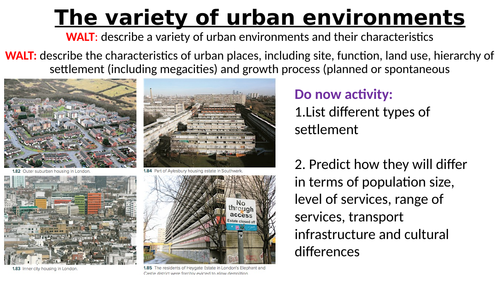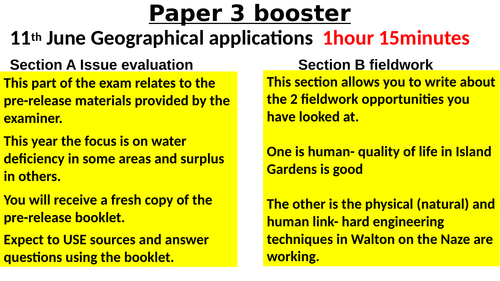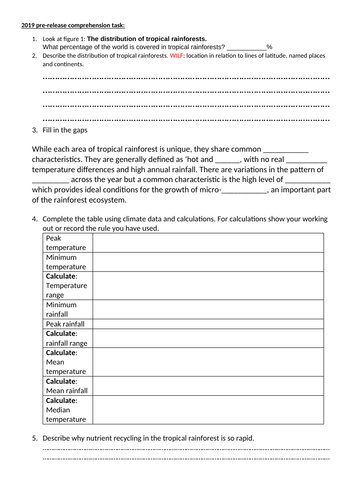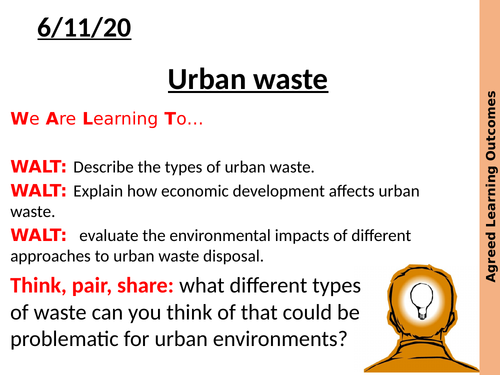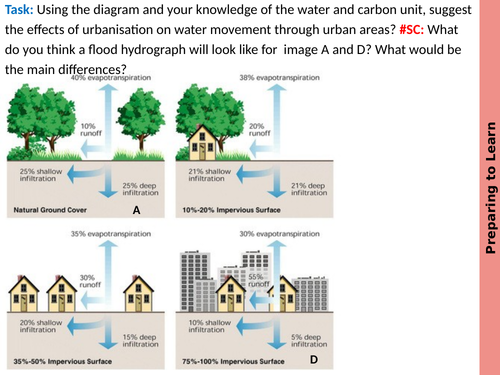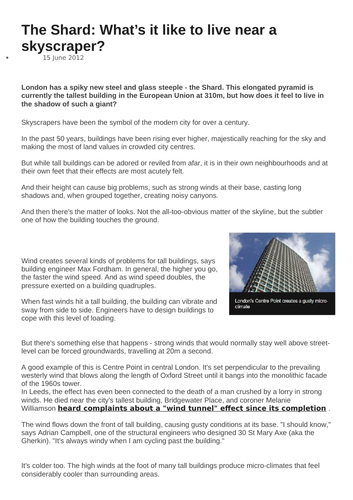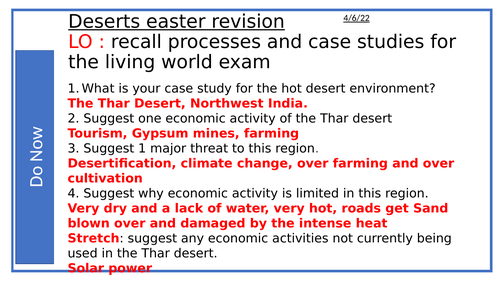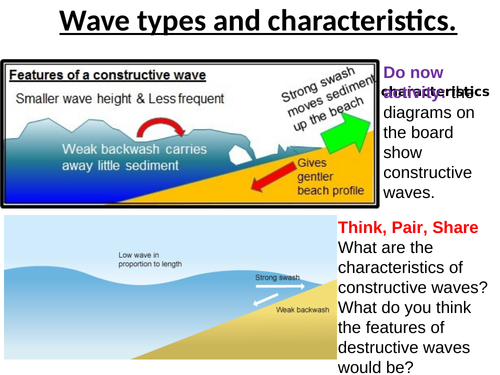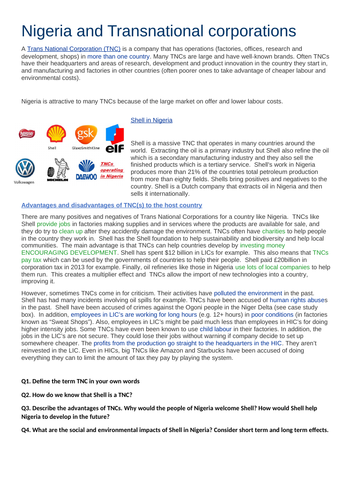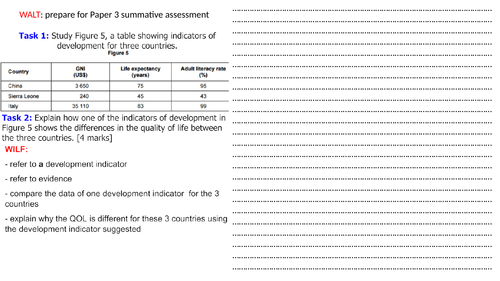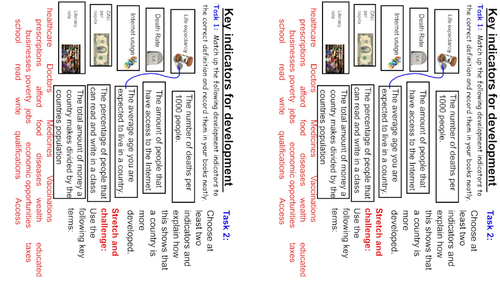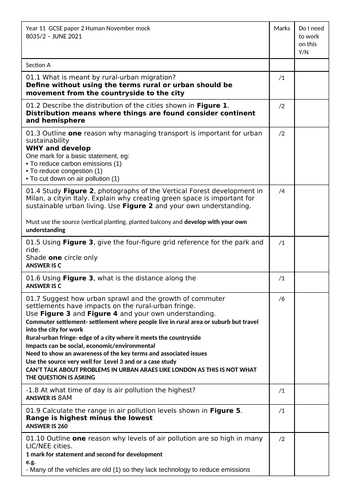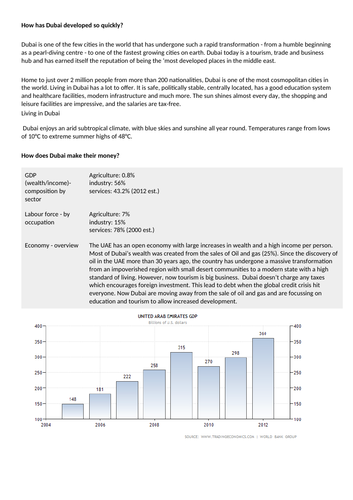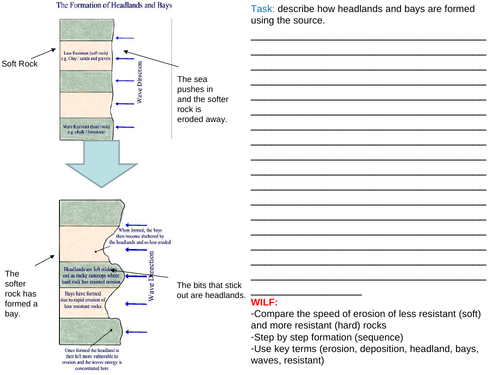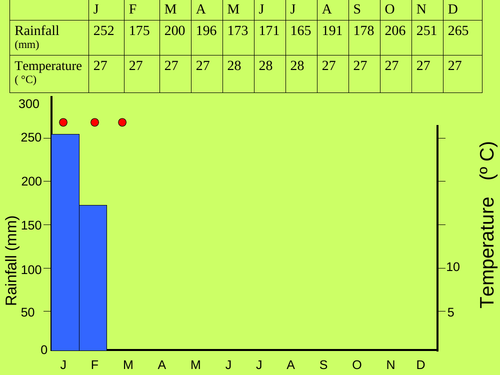Carolinemcleggan5's Shop
In this shop you will find Geography resources for KS3, KS4 an KS5. I have created some IBDP resources for Geography which took hours. These lessons are generally 10 lessons in 1 PPT with all activities, PPTs, worksheets, model answers.. The Majority of the work that I have uploaded is for KS3 but I will hopefully be able to add A Level lessons on by the end of the year. I have also created some 'lighting fires lessons' which aim to engage learners as well as 'literacy based lessons'.


